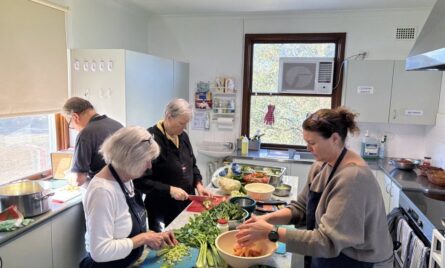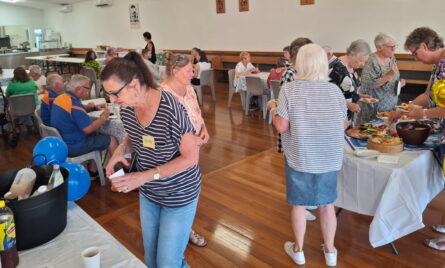The making of After the Rain
When a natural disaster hits, we usually watch from afar.
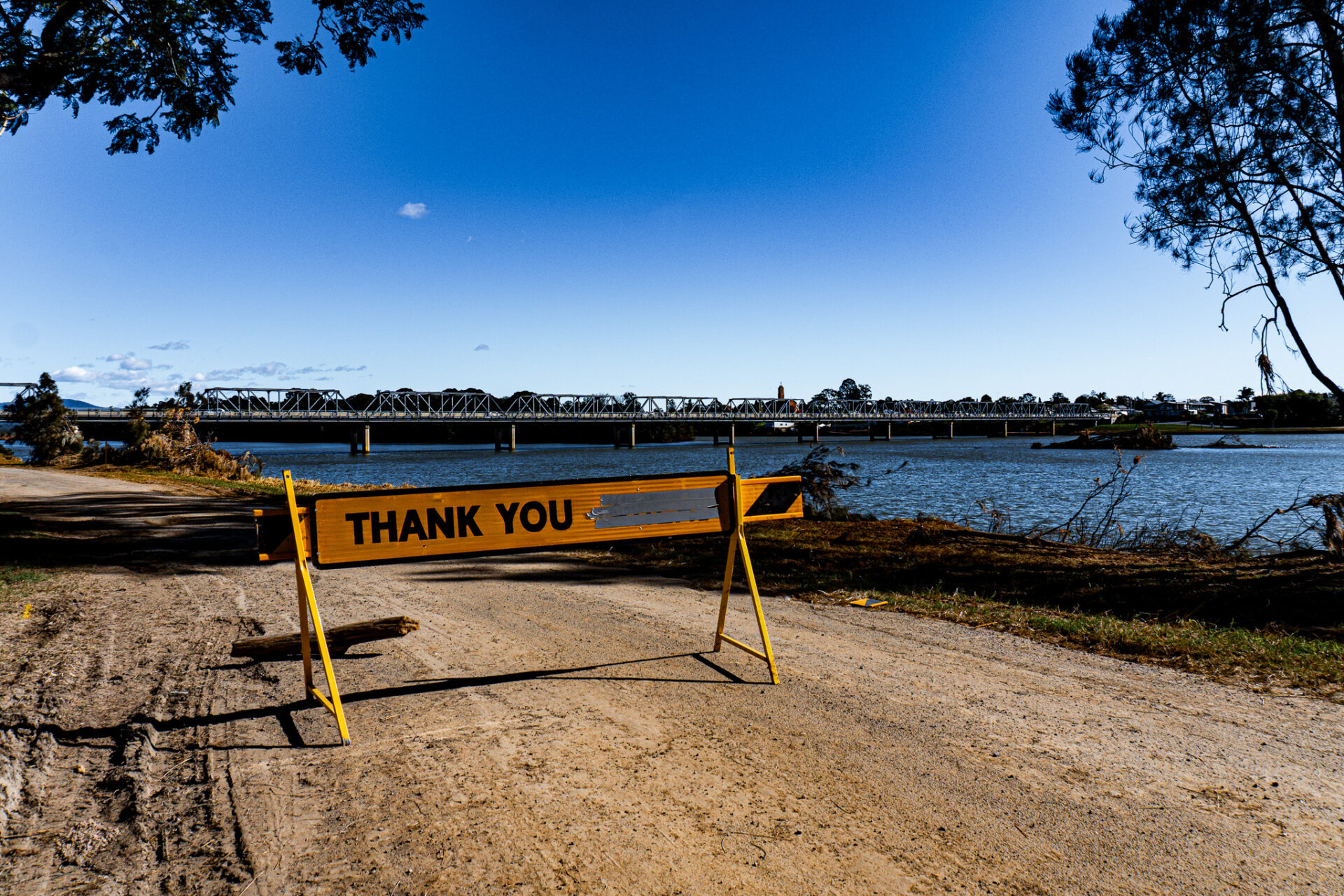
Featured Posts
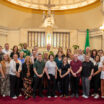
A Lifechanging Journey of Faith
3 November, 2025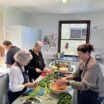
A decade of hope and hospitality: Taree Community Kitchen turns 10
25 October, 2025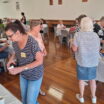
Five years of food, friendship and fun at Forster Community Kitchen
22 October, 2025We see updates on the news, clips on social media and commentary all around us, almost consuming, as the devastation unfolds. It’s easy to sit in the comfort of a lounge room and yet still feel for the people impacted by an earthquake, a fire, a flood.
But seeing it in person is different. Hearing people talk about floodwaters rising in their homes, recalling the colleague they helped rescue, the friend they hugged in the aftermath – seeing the tears in their eyes weeks later, that’s what impacts you differently.
Walking alongside people as they share how a disaster has impacted their lives is a real privilege. I experienced that in early June.
Following the devastating floods that hit Taree and the Manning, my work at the Catholic Diocese of Maitland Newcastle saw me contribute to the launch of the Bishop’s Flood Appeal.
And a few weeks later, as the generous donations had come in, I visited the region to pass on non-perishable items and speak to members of the Catholic Community who were still cleaning up from the rain weeks afterwards.
Our team had wondered if it would be too late to visit – that the devastation might no longer be visible, that those interviewed may have moved on or forgotten some details.
How wrong we were.
As we drove into Taree, across the bridge that everyone in the region knows, it was unimaginable to think the water had risen so high.
Nearby we witnessed the heartbreaking sight as residents were still dragging rugs and carpet from their homes into the sun, in hope they would dry out and the mould might lessen. It was a desperate attempt to salvage what they had – weeks after the rain.
Across our visit we spoke with Fr Kevin Corrigan, Deacon Vince Ryan, staff members of St Clare’s Taree and our Coordinator at the CatholicCare Community Kitchen. Each shared their story, in their role for the Diocese. But what was even more remarkable were their personal experiences: supporting students while their own family business was going under; reopening the Kitchen and serving meals while separated from loved ones who were stranded in their own homes.
We stopped to conduct interviews for our documentary but instead met a stranger – a homeowner, Belinda, who was hosing mud off her belongings in the yard. As she kindly shared some of her story of fleeing her home and living in an evacuation centre for days while unaware of what was left of her home, another woman stopped in her car and came over.
I presumed the woman a relative, perhaps a friend as she briefly interrupted and handed over a package of warm sausages and a loaf of bread and went on her way.
But no, as we farewelled Belinda she told me she didn’t know the kind woman, yet had been the recipient of many similar acts of kindness in the recent weeks.
These acts of compassion, a literal expression of what it is to love thy neighbour, is what has built a resilient community in the wake of the storm.
Just like the media coverage, it’s one thing to hear about such acts of kindness but to witness it, to see a community so knocked down and yet so lifted up is an important reminder of the sense of community, of connectedness, of faith.
A simple day trip was a reminder of the value of working for a Church that can connect communities, rally both practical and prayerful support and acts of true compassion.
I returned to Newcastle and the busy schedule of work and life. But what didn’t return with me was the sentiment that the storm had passed and the disaster was over.
The Taree community need support in the long term. The news cycle has moved on, the fundraising appeal has closed, but the community need in Taree remains.
I know I, along with my colleagues, will hold these stories close for some time, and I hope you will too.
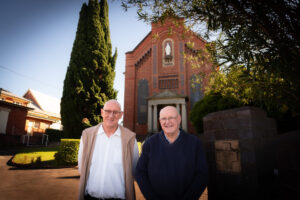
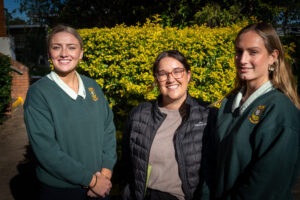
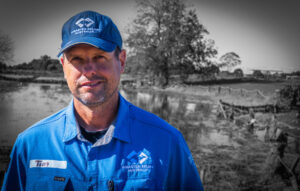
Watch our documentary here.

